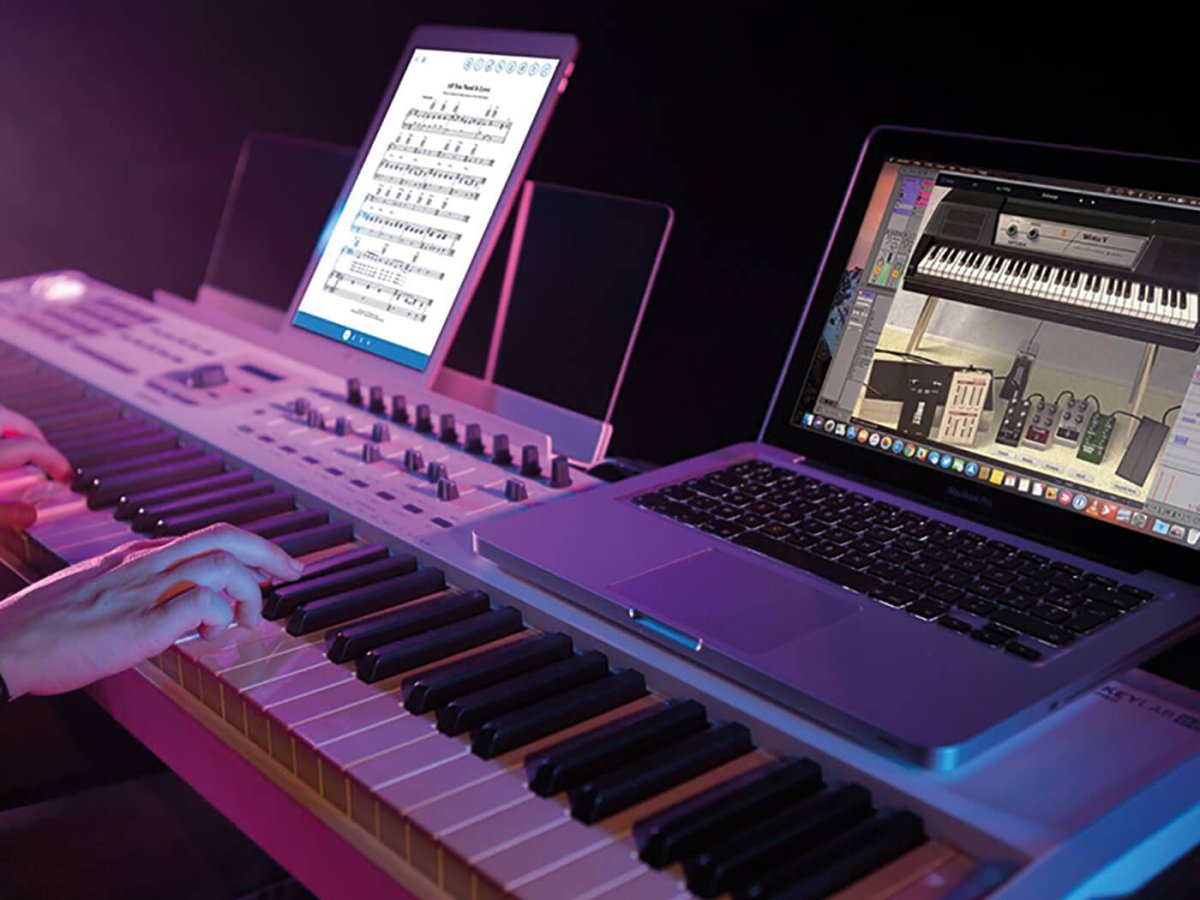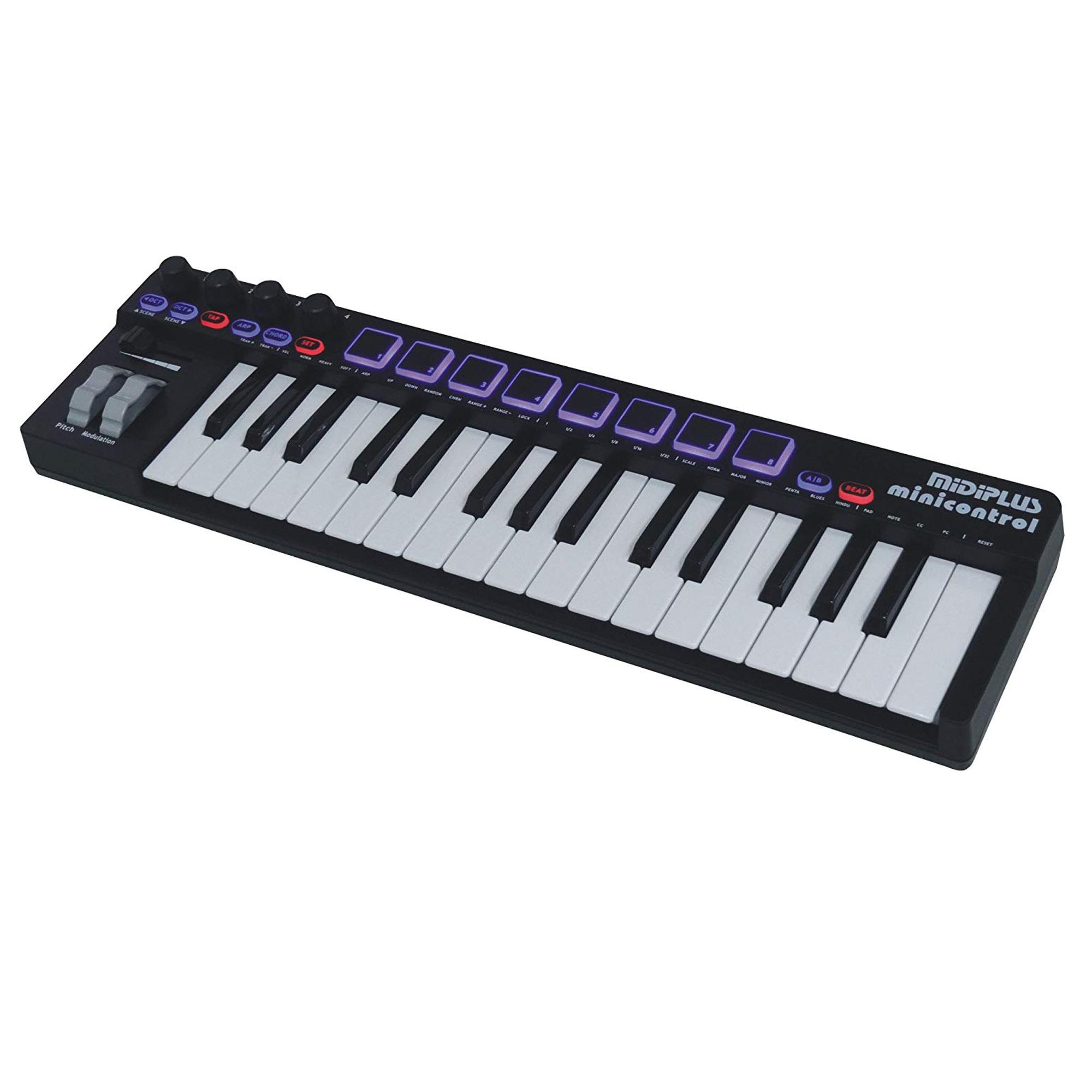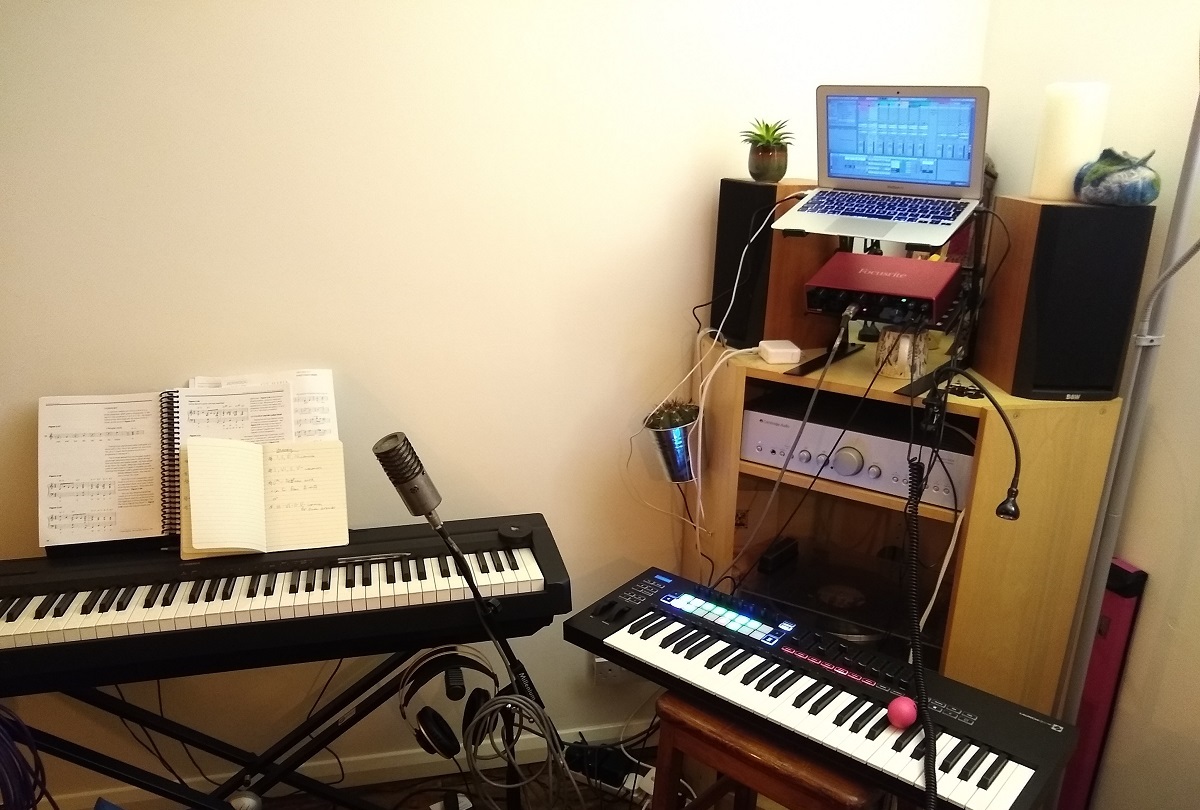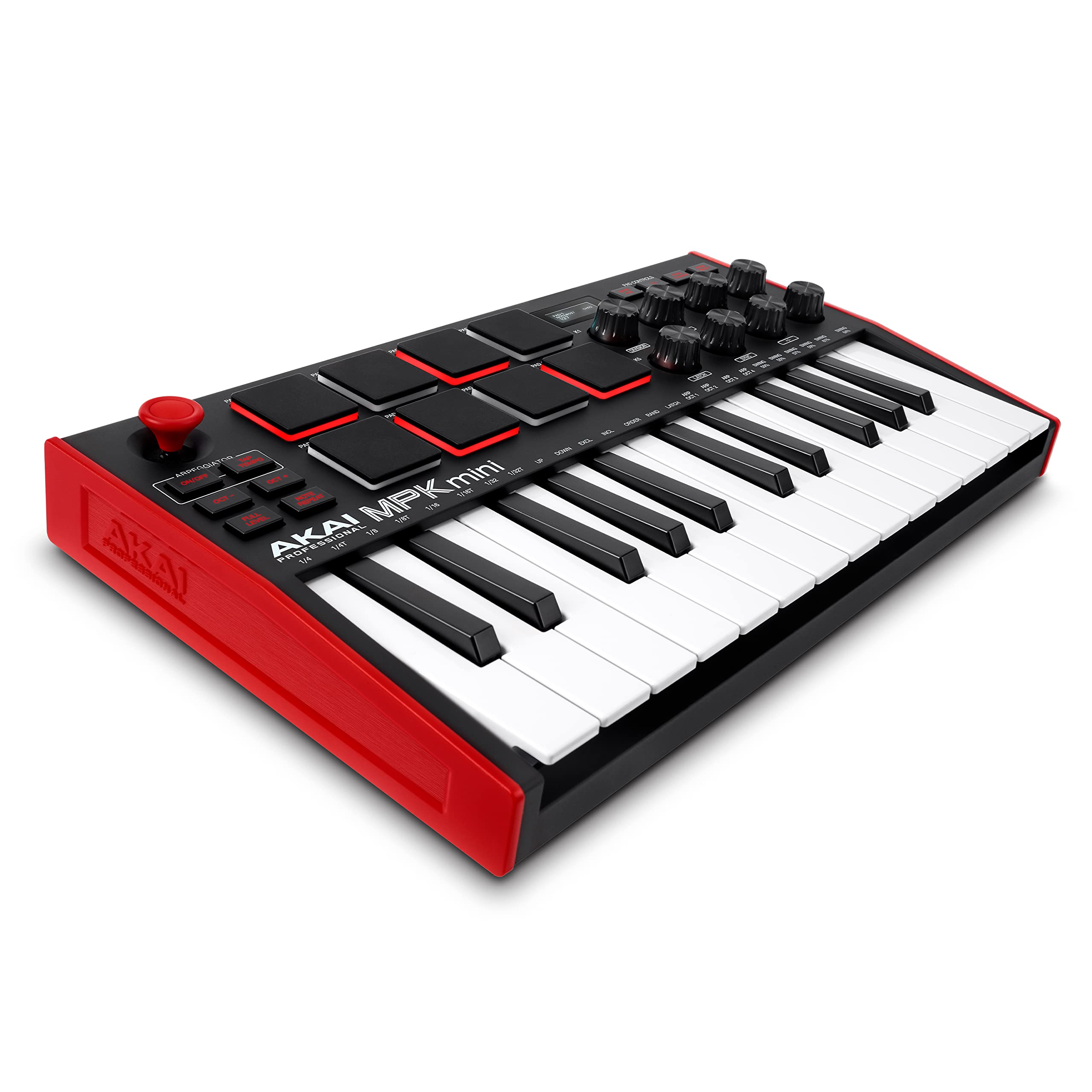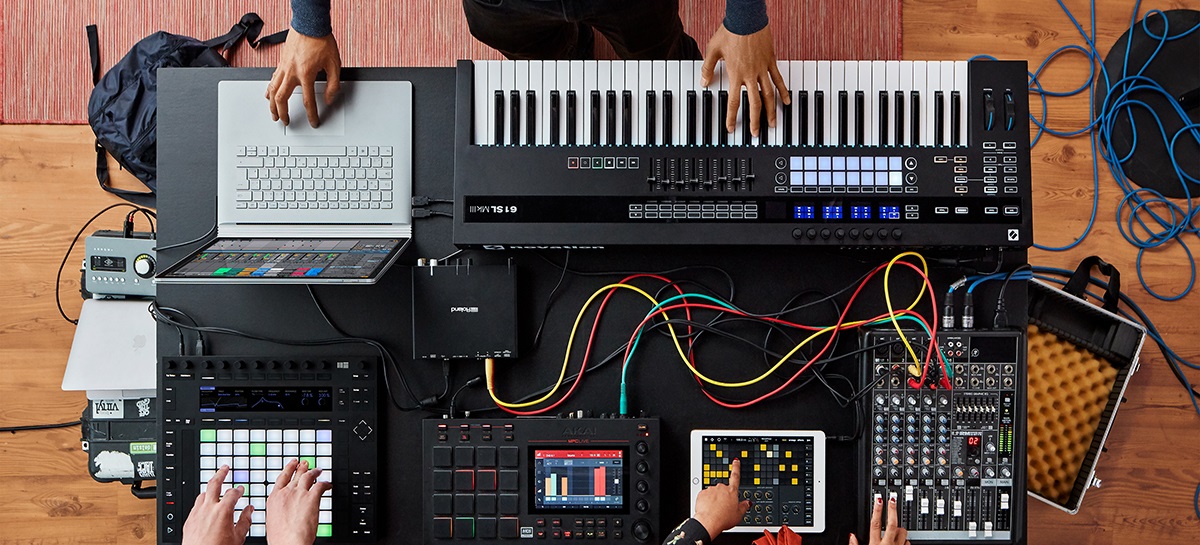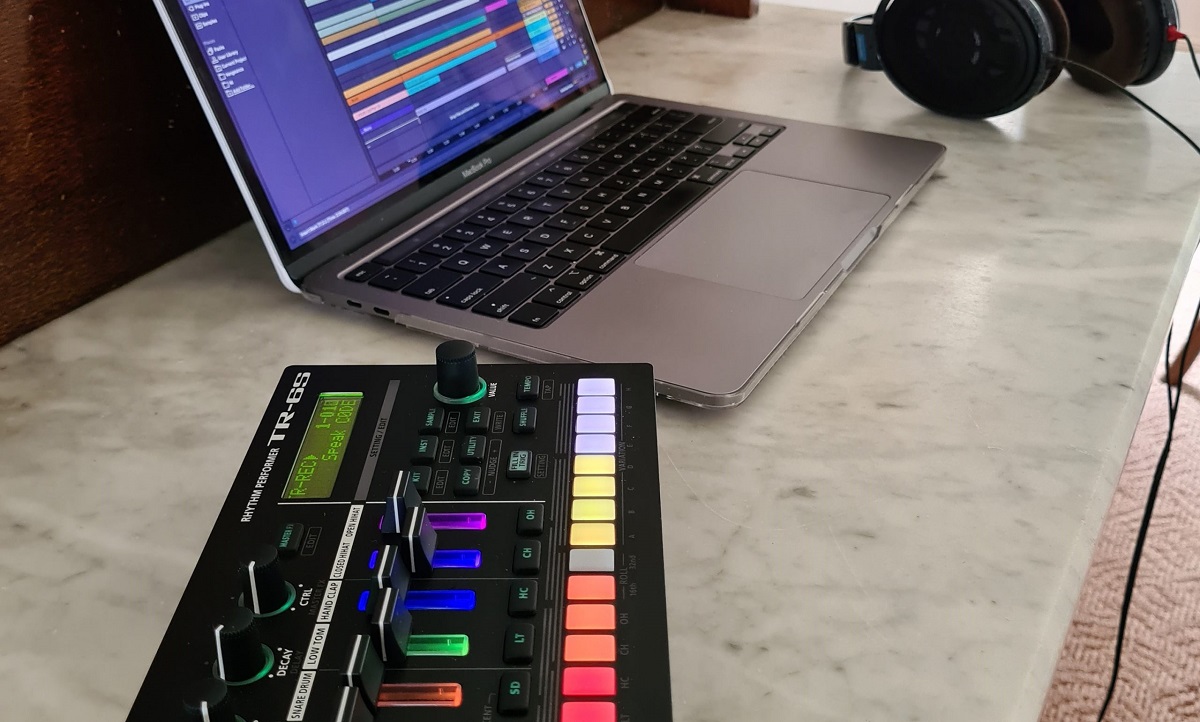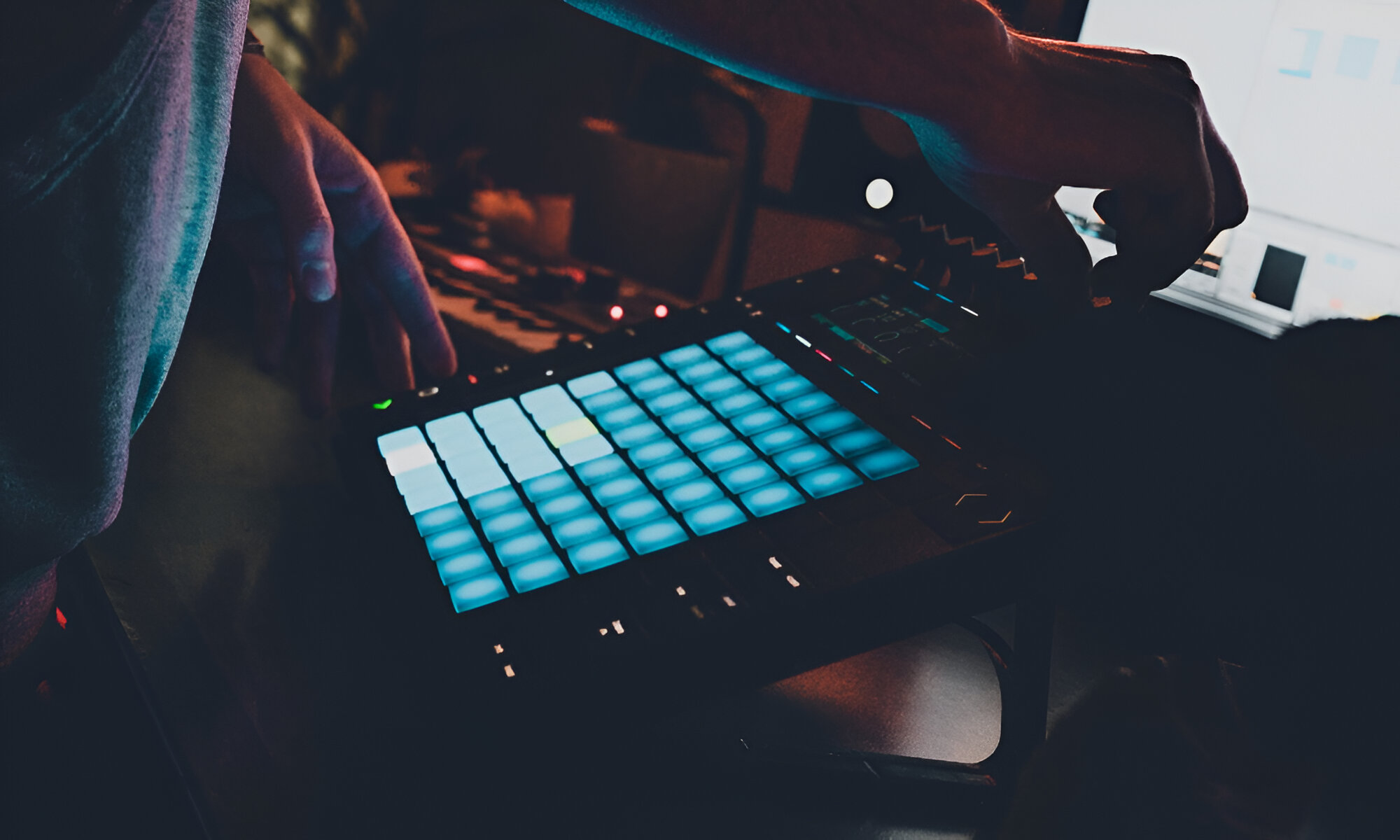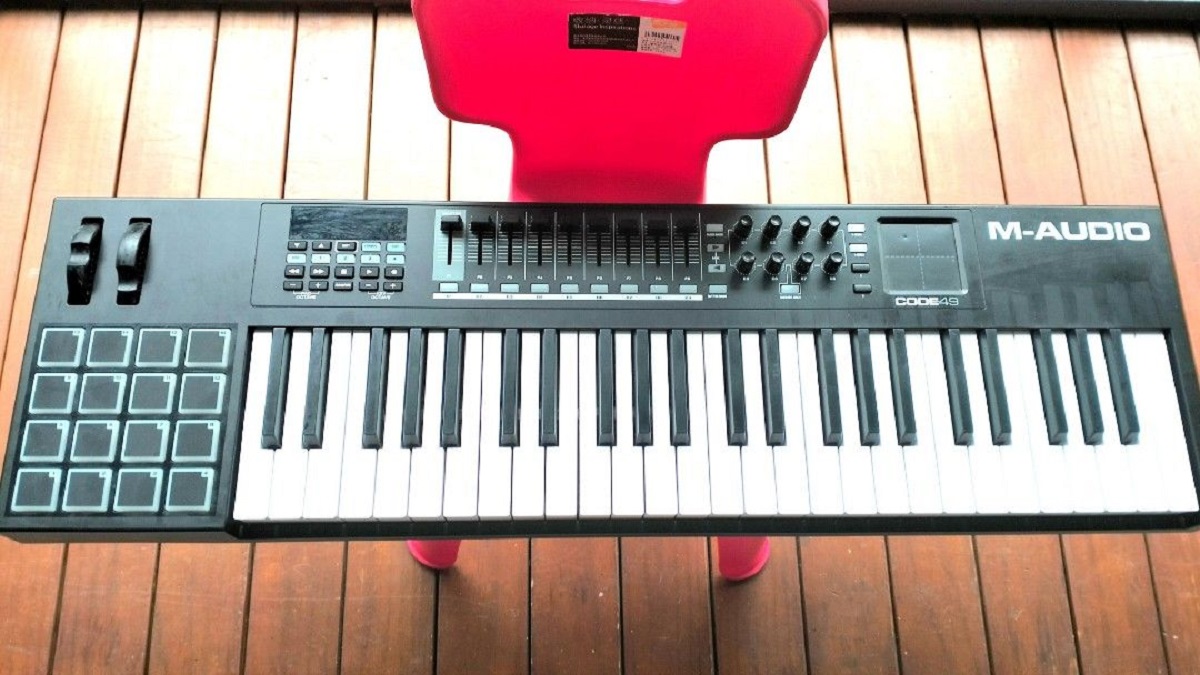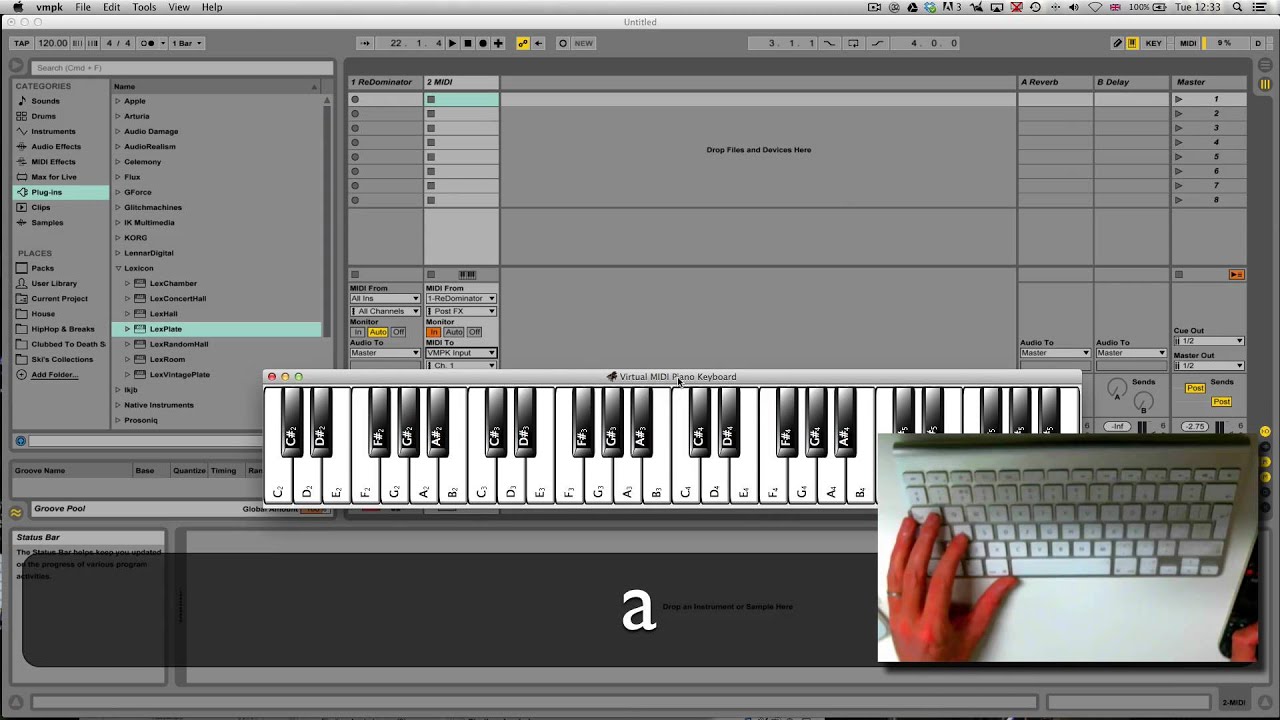Introduction
Introduction
So, you've just finished recording a MIDI performance with your keyboard in Ableton, but when you hit play, there's no sound. It's a frustrating situation, but fear not – there are several potential reasons why this might be happening, and we'll explore them all in this guide. From checking your MIDI setup to examining your MIDI mappings and clip settings, we'll walk you through the troubleshooting process step by step. By the end of this article, you'll have a clear understanding of how to ensure that your MIDI recordings play back as expected in Ableton.
Whether you're a seasoned producer or a newcomer to the world of music production, encountering technical issues like this is a common part of the process. It's essential to approach these challenges with patience and a methodical mindset, as the solution is often found through careful investigation and adjustment. With that in mind, let's dive into the various factors that could be affecting the playback of your MIDI recordings in Ableton Live.
Checking MIDI Setup
Before delving into more complex troubleshooting steps, it’s crucial to start with the basics. The first area to examine when encountering playback issues with MIDI recordings in Ableton Live is your MIDI setup. This encompasses both the physical connections and the software settings that govern how Ableton interacts with your MIDI keyboard.
Begin by ensuring that your MIDI keyboard is correctly connected to your computer. Check that the USB or MIDI cables are securely plugged in, and if your keyboard requires external power, verify that it’s receiving the necessary supply. Additionally, confirm that your computer recognizes the MIDI keyboard by checking the device manager or system preferences.
Once you’ve confirmed the physical connections, it’s time to focus on the software side of the setup. Open Ableton Live’s preferences and navigate to the MIDI/Sync tab. Here, you can verify that your MIDI keyboard is selected as a MIDI input device. If it doesn’t appear in the list, there may be a driver installation issue or a hardware problem with the keyboard.
If your MIDI keyboard is listed as an available input device, test its functionality within Ableton by pressing keys and observing the input signal on the track’s MIDI input meter. If there’s no activity on the meter when you play the keyboard, there might be an issue with the MIDI channel settings on either the keyboard or in Ableton’s MIDI preferences.
By systematically checking and troubleshooting your MIDI setup, you can eliminate potential hardware and software issues that could be preventing Ableton from playing back your MIDI recordings. Once you’ve confirmed that your MIDI setup is functioning correctly, you can move on to examining other possible causes for the playback problem.
Checking MIDI Mapping
After ensuring that your MIDI setup is properly configured, the next step in troubleshooting playback issues with MIDI recordings in Ableton Live is to examine the MIDI mapping within your project. MIDI mapping refers to the assignment of MIDI controls, such as knobs, faders, and buttons on your MIDI keyboard, to specific parameters within Ableton Live.
Start by checking the MIDI mappings for the track containing your MIDI recording. Enter Ableton’s MIDI mapping mode and verify that the MIDI input from your keyboard is correctly assigned to the track’s volume, instrument parameters, or any other relevant controls. It’s possible that an incorrect or unintended MIDI mapping is causing the playback problem, so carefully review the assigned MIDI controls.
If the MIDI mappings appear to be correct, consider the possibility of conflicting MIDI assignments across different tracks or devices. In some cases, multiple tracks or devices may inadvertently share the same MIDI input, leading to unexpected behavior during playback. Review the MIDI mappings for all tracks and devices to ensure that there are no conflicts or overlapping assignments.
Additionally, if you’ve recently made changes to your MIDI mappings or assigned new controls, double-check that these adjustments haven’t inadvertently affected the playback of your MIDI recordings. Even minor modifications to MIDI mappings can sometimes have unintended consequences, so it’s essential to review and validate all recent changes.
By thoroughly examining the MIDI mapping within your Ableton Live project, you can identify and rectify any issues that may be impeding the playback of your MIDI recordings. Clear and accurate MIDI mappings are crucial for ensuring that your MIDI keyboard’s input translates seamlessly into audible output within Ableton Live.
Checking MIDI Clip Settings
When troubleshooting playback issues with MIDI recordings in Ableton Live, it’s essential to inspect the MIDI clip settings associated with the recorded performance. MIDI clip settings govern various attributes of the MIDI data, including playback parameters, quantization, and routing, all of which can significantly impact how the recorded MIDI performance is played back within Ableton Live.
Begin by selecting the MIDI clip containing your recorded performance and examining its settings. Pay particular attention to the clip’s start and end points, as well as its loop settings. If the clip’s playback range is incorrectly defined or if looping is enabled in an unintended manner, it can result in the MIDI recording not playing back as expected.
Next, review the quantization settings for the MIDI clip. Quantization dictates how the recorded MIDI notes align with the grid, and an overly rigid quantization setting may cause notes to snap to the grid in a way that disrupts the intended playback. Experiment with different quantization settings or consider disabling quantization altogether to see if it resolves the playback issue.
Furthermore, check the MIDI routing settings within the clip. Ensure that the MIDI data is routed to the appropriate instrument or device for playback. If the routing is misconfigured, the MIDI recording may not trigger the intended instrument or may be routed to a muted or inactive track, resulting in no audible output during playback.
Another critical aspect to consider is the MIDI clip’s playback properties, such as velocity, pitch bend, and modulation settings. These properties can significantly influence the expressive characteristics of the MIDI performance, and incorrect settings may lead to unexpected playback behavior. Verify that these properties are adjusted to suit the desired playback outcome.
By meticulously examining and adjusting the MIDI clip settings, you can address potential playback impediments and optimize the playback of your MIDI recordings in Ableton Live. Thoughtful adjustments to the clip’s attributes can yield significant improvements in the fidelity and accuracy of the playback, ensuring that your recorded MIDI performances are faithfully reproduced as intended.
Checking Audio Output Settings
While troubleshooting MIDI playback issues in Ableton Live, it’s important to examine the audio output settings to ensure that the playback path is correctly configured. The audio output settings determine how the MIDI data is translated into audible sound and delivered to your speakers or headphones, making them a crucial element in the playback process.
Start by verifying that the audio output device selected in Ableton Live’s preferences is functioning correctly. Check that the device is connected and recognized by your computer, and ensure that its drivers are up to date. If using an external audio interface, confirm that it’s properly connected and configured within Ableton’s audio preferences.
Once you’ve confirmed the functionality of the selected audio output device, examine the track routing within Ableton Live. Ensure that the track containing your MIDI recording is routed to the appropriate audio output, such as the master track or a specific output bus. If the track is routed to an inactive or misconfigured output, it can result in silent playback despite the MIDI data being triggered.
Next, review the mixer settings for the track housing your MIDI recording. Check the track’s volume, panning, and any applicable audio effects to ensure that they’re configured in a manner that allows for audible playback. It’s possible that unintended settings or muted channels may be obstructing the output of the MIDI recording.
Additionally, consider the possibility of conflicting audio routing or monitoring settings within Ableton Live. If multiple tracks are inadvertently routed to the same output or if monitoring settings are misconfigured, it can lead to playback issues that affect the MIDI recordings. Review all relevant audio routing and monitoring settings to identify and rectify any discrepancies.
By meticulously examining the audio output settings and track routing within Ableton Live, you can troubleshoot and resolve potential impediments to the playback of MIDI recordings. Clear and accurate audio output configurations are essential for ensuring that the MIDI data translates into audible sound as intended, allowing you to fully experience the musical performances you’ve captured with your MIDI keyboard.
Conclusion
Successfully troubleshooting playback issues with MIDI recordings in Ableton Live often involves a systematic approach that encompasses various aspects of MIDI setup, mapping, clip settings, and audio output. By methodically examining each of these elements, you can identify and address potential factors that may be impeding the playback of your MIDI performances.
Begin by ensuring that your MIDI setup is correctly configured, encompassing both the physical connections and the software settings within Ableton Live. Verify that your MIDI keyboard is recognized as an input device and that it’s functioning as expected within the software. This foundational step lays the groundwork for further troubleshooting efforts.
Next, delve into the MIDI mapping within your project to confirm that MIDI controls are correctly assigned and that there are no conflicting assignments across tracks or devices. Clear and accurate MIDI mappings are essential for seamless interaction between your MIDI keyboard and Ableton Live, facilitating the faithful playback of your recorded performances.
When examining MIDI clip settings, pay close attention to attributes such as start and end points, quantization, routing, and playback properties. Thoughtful adjustments to these settings can significantly influence the playback fidelity and expressive characteristics of your MIDI recordings, allowing you to achieve the desired outcome with precision.
Finally, scrutinize the audio output settings and track routing within Ableton Live to ensure that the path from MIDI data to audible sound is accurately configured. Confirm the functionality of the selected audio output device, review track routing, and examine mixer settings to eliminate potential obstacles to the playback of your MIDI recordings.
By systematically addressing each of these areas, you can enhance the reliability and fidelity of MIDI playback in Ableton Live, allowing you to fully experience and appreciate the musical performances captured with your MIDI keyboard. Embracing a patient and methodical approach to troubleshooting will empower you to overcome technical challenges and cultivate a seamless creative workflow within Ableton Live.







